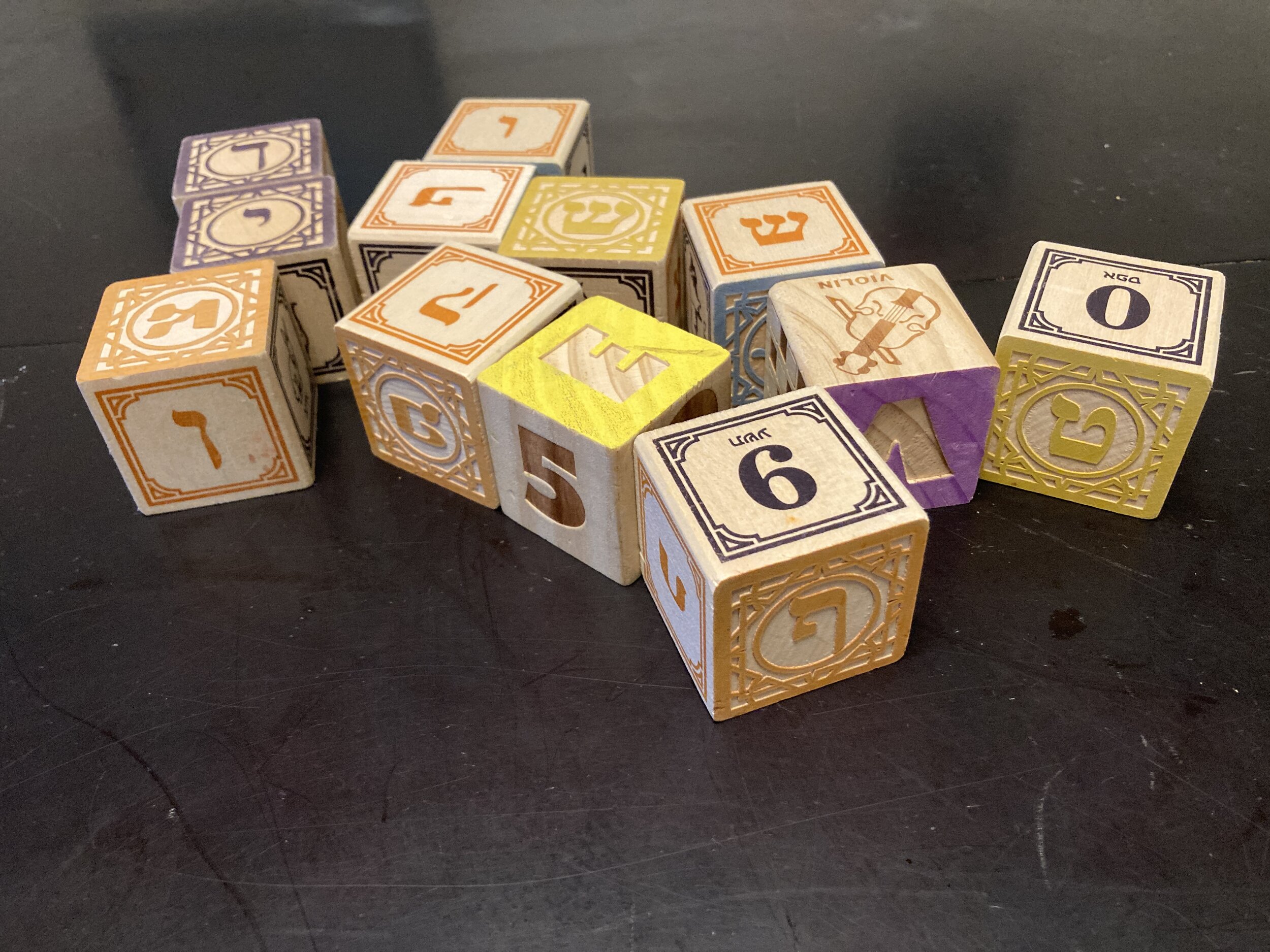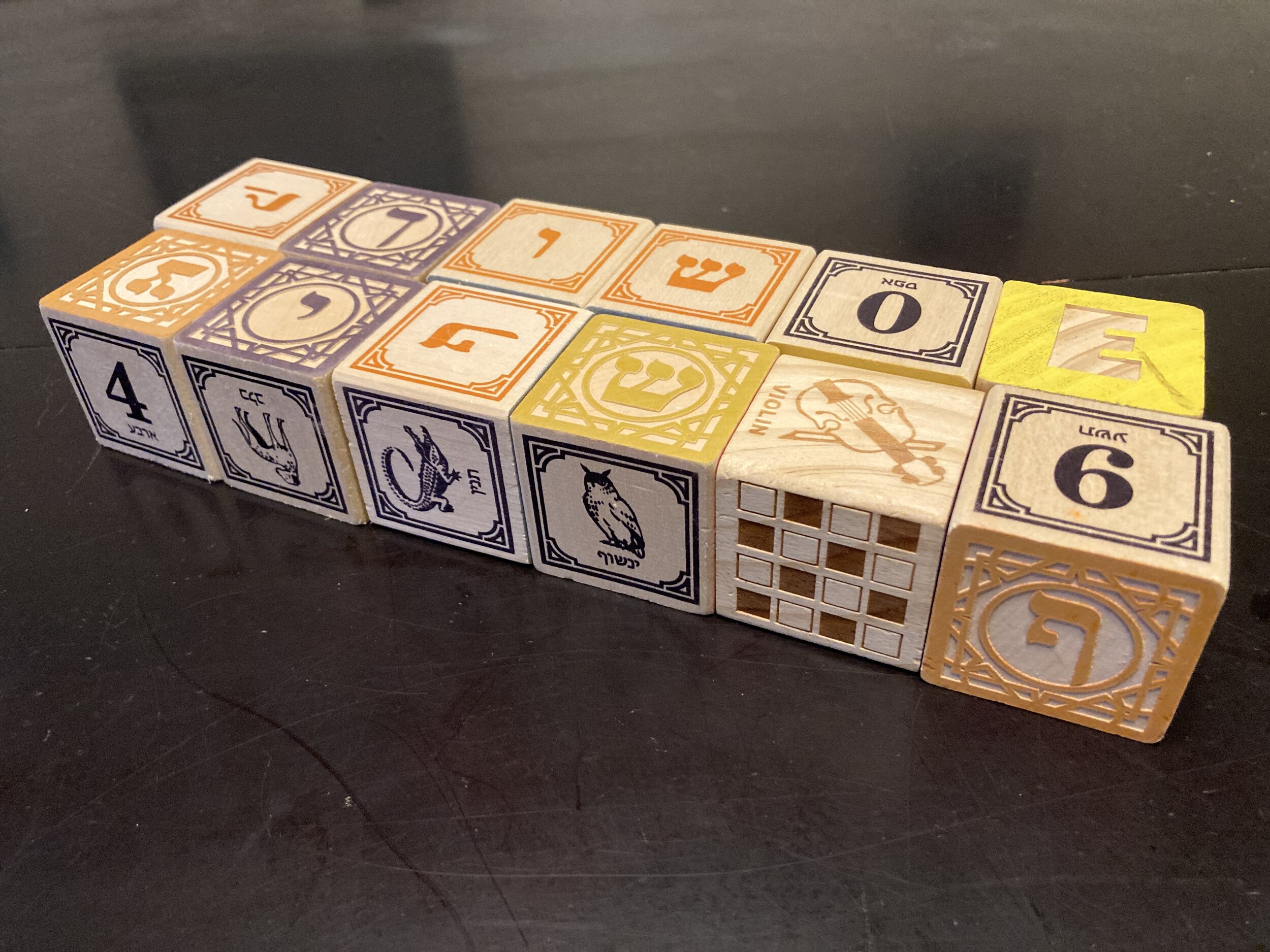I have a confession to make: I hate Table C. If you’re an elementary guide, you may appreciate exactly why. If you aren’t, you may have no idea what I’m talking about.
Table C is just a list of numbers from 1-100, each on their own row. The point of the material is to fill each line with the factor pairs corresponding to the number, so the completed first page looks like this:
Table C
In the method I was taught for presenting this, it is taught after the child does Table A and B, which are just lists of multiples. The child scans down each column, looking for multiplications whose product is your target number, then writes them on the correct row of Table C. (Interesting side question: how do you know that Tables A and B include ALL possible multiples less than 100?)
Okay, so why do I hate it so much? It’s boring. It’s so boring, it doesn’t even have a real name! For most children, creating Table C is a slog, and even when they do finish it, it’s apparent that most of them don’t value it much, because they immediately lose it!
I have been reading a wonderful new book, Building Thinking Classrooms in Mathematics, by Peter Liljedahl (about which I will have much more to say in future posts), and Liljedahl gives an excellent framework for thinking about why this is such a problem. His fundamental premise is that learning only happens when students are thinking—which seems so obvious that it’s hard to believe that this has been a controversial topic in educational research. His entire book is about the characteristics of a classroom that promote thinking.
I’ll have a lot more to say about this book, and its applications to Montessori, in future posts but right now, I just want to focus on his observation of the difference between mimicking and thinking, and the need for good problems to think about. In a math classroom, mimicking is copying line by line from a model, or otherwise precisely following a set of rules, whereas thinking means actually trying to solve a problem for yourself, based on what you already know (2021, p. 9). In his observations of “now you try one” type problems in traditional math classrooms, half the students mimicked the problem the teacher demonstrated, while only about 20% actually tried to solve it themselves (the rest didn’t try at all). Moreover, most of these students thought that mimicking was what they were supposed to do.
So back to Table C. I would say that the way we present this particular task practically demands mimicry, rather than thought. Not only do we demonstrate exactly what to do (scan down the list, look for multiplication problems that lead to your target number, then write that problem down on the correct line), but the answers are right there, and the task, as demonstrated, could easily be done by a computer. Any crucial thinking was already done in creating the multiples tables.
Moreover, I’ve observed that, for many children, it doesn’t even accomplish its goals: reifying knowledge of multiples and introducing the concept and language of a prime number. That’s not entirely true, most students do learn the language of prime number, but it’s a heck of a lot of work for a really simple concept, and many of those children couldn’t actually tell you anything about prime numbers after doing Table C, even if they know the word.
One way to deal with this conundrum would be to simply throw out Table C. In the future, I may do this for some children, and simply let them use the control chart when they need Table C for future lessons, and explore factors a different way. (Plenty of children do this anyway, after they lose the Table C they spent so much time on). That wasn’t an option this year, and I wanted to see if I could use the Table C framework in a more meaningful way.
So based on a problem I found on Open Middle (Elementary guides will recognize this as being similar to the factors work on the pegboard), I started by having the children make 1” square paper tickets, or find a collection of something else square and all the same size (blocks work great) . In the classroom, I’d have all this on the shelf, but they and their parents are on their own right now. Then I asked them to take 12 of their squares and see how many different rectangles they could make. I also used this as a chance to reteach the concept of multiplication and show them how to record multiplication.
Right away, this problem brought up some interesting questions:
Are two rectangles that only differ in their orientation (i.e. 2 x 6 and 6 x 2) the same or different? (Now we have to wrestle with the commutative law!)
Can the rectangle have a hole in the middle? (Now we have a chance to wrestle with the meaning of multiplication!)
Can the rectangle be just one long line?
This was enough for one lesson, and I sent them off to continue explore. Then, in the second lesson, I brought in Table C. After reviewing what they’d learned in the previous lesson, I showed them Table C and how to use it to record their discoveries about rectangles. Then I asked them: which number of tickets will let you create the most possible rectangles? As elementary children, who love extremes, they were excited to get to work answering this question. Even more interesting hypotheses and questions came up:
Is a square a rectangle?
Is there something special about the numbers that can make squares?
Should you count 2 x 4 and 4 x 2 as two rectangles? (Back to our previous question). One group decided to count both and one group decided to count only one.
How do you know if you’ve found them all?
I think that 50 will make the most rectangles (I’d asked them to explore numbers from 1-50).
So far, I’m really happy with how this version of the Table C lesson has gone. There is obviously a lot of thinking taking place, which is goal number one, and the children are making connections between rectangles, multiplication, and factors, as well as learning something about working systematically and keeping a record of their work. Once we get back together and introduce the ideas of factors and prime numbers, they’ll be…primed…to understand deeply. It’s laying a good foundation, too: learning area will be really straightforward for these children.
I’m excited to see what the children discover in the end. We’ll see if they can maintain interest and answer the original question. In truth, I don’t really care if they do; they’ll have enough experience with factors and multiplication for my purposes, and we can always look at the control chart to Notice and Wonder about factors, if we need to.
I hope you’re inspired to try a different approach to Table C in your Montessori classroom or homeschool. If you do, please let me know how it goes!



